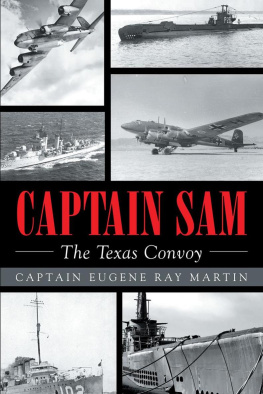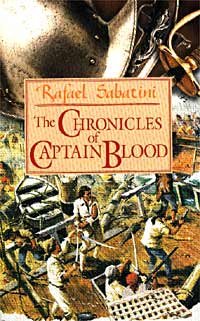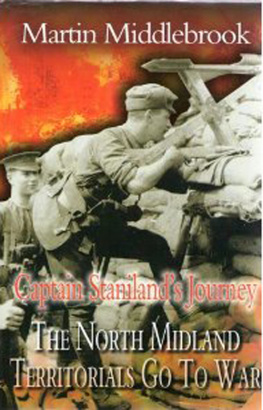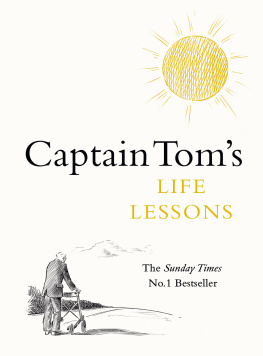Captain Sam
The Texas Convoy
Captain Eugene Ray Martin
Copyright 2017 Captain Eugene Ray Martin
All rights reserved
First Edition
PAGE PUBLISHING, INC.
New York, NY
First originally published by Page Publishing, Inc. 2017
ISBN 978-1-64027-437-2 (Paperback)
ISBN 978-1-64027-438-9 (Digital)
Printed in the United States of America
Also by
Captain Eugene Ray Martin
Fleet Ocean Tug
The US Navys W orkhorse
2009
Hot and Cold Running War
2010
United States Ship Texas
This is a work of fiction.
All the characters, names, incidents, organizations, and dialogue in this novel are either the products of the authors imagination or actual entities used fictitiously.
This book acknowledges all United States of America sailors, past and present. Their immeasurable efforts have contributed to the security, safety, and harmony of our great country.
Preface
There is an old story about a naval officer.
This naval officer served in the US Navy for forty years. The last twenty years, he captained important navy combat vessels. For ten years as an admiral, he commanded important battle fleets. Over the last two decades of his distinguished career, he was looked after by a Philippine steward. So close did they become that whenever this naval officer changed duties, he requested his steward to accompany him to his new duty station. When the admiral decided to retire after forty years in the navy, his steward decided to retire at the same time.
As they packed their bags on their last day, the steward asked his admiral, Sir, I must know what is on that piece of paper you looked at every morning over the last twenty years? I assumed it contained something secret. Can you please tell me what is on the paper?
The admiral answered by handing the steward the worn piece of paper.
It read the following:
Port is left. Starboard is right.
Bow, forward, and ahead is the end of the dog that bites.
Stern, astern, and aback is the end of the dog with the tail.
A quarter divides things into one-forth.
Port quarter is over my left shoulder and starboard quarter is over my right shoulder.
Port bow is toward the front and off to the left side and starboard bow is toward the front and off to the right side.
His career now ended the admiral gave the piece of paper to the steward to keep.
This story is plausible. Even old time sailors while they mix their civilian life with navy life might confuse the unique languages and customs of the sea.
It is easy to convert to normal time from navy time: If the time is less than 1200 hours, the time is a.m. The first two digits indicate hours, and the last two digits indicate minutes. If the time is more than 1200 hours, the time is calculated by simply subtracting 1200 hours from the time and the time is p.m. The first digits indicate hours, and the last two indicate minutes.
I remember a conversation with an Australian naval officer in Hong Kong. During our repartee, he asked me, How do you write in your logs midnight, 0000 hours and 2400 hours are both correct for midnight?
I knew the answer, so I told him, It depends on the date of your log. For example, if your log is for Friday, 10 June, then 0000 hours is for midnight between Thursday, 9 June, and Friday, 10 June, and 2400 hours is for midnight between Friday, 10 June, and Saturday, 11 June.
I remember left has fewer letters than right and port has fewer letters than starboard . Therefore, port is left and starboard is right.
A speed of ten nautical miles per hour or ten knots is when the ship travels ten nautical miles in one hour. Ten knots are a little faster than ten miles per hour. Never mind an attempt to convert knots into miles per hour, because they are close. One nautical mile is very close to two thousand yards.
A speed of eight knots or even thirty knots may seem slow for those who never rode in a fast ship. A destroyer that travels in a moderate sea at thirty knots is a sight to behold. Fifteen hundred tons of ship crashing through waves with spray that rolls over her top is awesome to behold.
Remember, a convoy travels at their designated speed twenty-four hours per day, so a convoy that moves at eight knots will travel one-hundred ninety-two nautical miles per day.
See the back of the book for a naval lexicon.
Chapter One
Day One
Captain Sam ate an early breakfast alone in the officers wardroom. For this special getting-underway breakfast, the officers had steak and eggs. He carried his third cup of coffee to the bridge in time for reveille.
Sam normally woke early. He often, when time and weather permitted, enjoyed watching the sunrise from the signal bridge while he drank his last morning cup of coffee. This was Sams second time to escort a convoy across the Atlantic controlled by German submarines after World War II began.
During his first convoy, a British captain/advisor rode in his ship and helped him make decisions about what route to follow and how to react to German submarine attacks. During that convoy, they only lost one freighter mainly because the Germans had fewer submarines available and maybe they were less prepared to attack a well-organized convoy. Most of the time previously, the Americans sent ships solo across the Atlantic with disastrous results. During Sams last convoy, the British supplied two destroyer escorts to help Sams two destroyers and his two frigates protect the merchant ships.
Naturally Sam was anxious about his ability to protect his flock of ships and the thousands of men in them. They will steam to England in the middle of North Atlantics winter. He was a seasoned skipper with experience during World War I. Nevertheless, the Germans over the last few years had proved a formidable adversary.
This trip, he will have no expert advisor. Naturally he can consult his executive officer (XO), his second in command, his first officer, or other officers. His ship, the USS Austin , you might call it a new ship, although Austin had many miles under her keel. At least Austin had most of the kinks of a new ship worked out. Most of his crew had served on Austin from the time she was commissioned, except for twenty new recruits directly from boot camp.
Sam always wished his crew were mature men. As in most ships in the US Navy, Austin s crew consisted of young men. Most of them were between the ages of seventeen and twenty-five. Except for the senior officers and chief petty officers, they looked young. Nevertheless, the navy knew how to make sailors out of these young men. With few exceptions, he had confidence in his men.
While the rest of the crew woke, ate breakfast, and prepared the ship to get under way, he studied charts of the North Atlantic, his sailing orders, and the list of ships under his command. He also reviewed reports from previous convoys experiences with German submarines. Fear began to swell up between his shoulder blades. Sipping his coffee, he considered the mission ahead. He was responsible for about four thousand American sailors and marines in his ships.
The North Atlantic this cold January in 1943 was thick with German U-boats. All of them were anxious to encounter forty-three slow-moving ships that carried crucial supplies from America to Liverpool, England.
To protect those vessels, Sam had under his command two Tacoma-class frigates, or PFs, the USS Long and the USS Wallace . Both frigates had good crews and they had experience working together. He also had two PC-461 class patrol crafts, the USS Davis and the USS James . His main submarine attack vessels were two Mahan -class destroyers, USS Austin and USS Kelly . He was captain of Austin .






